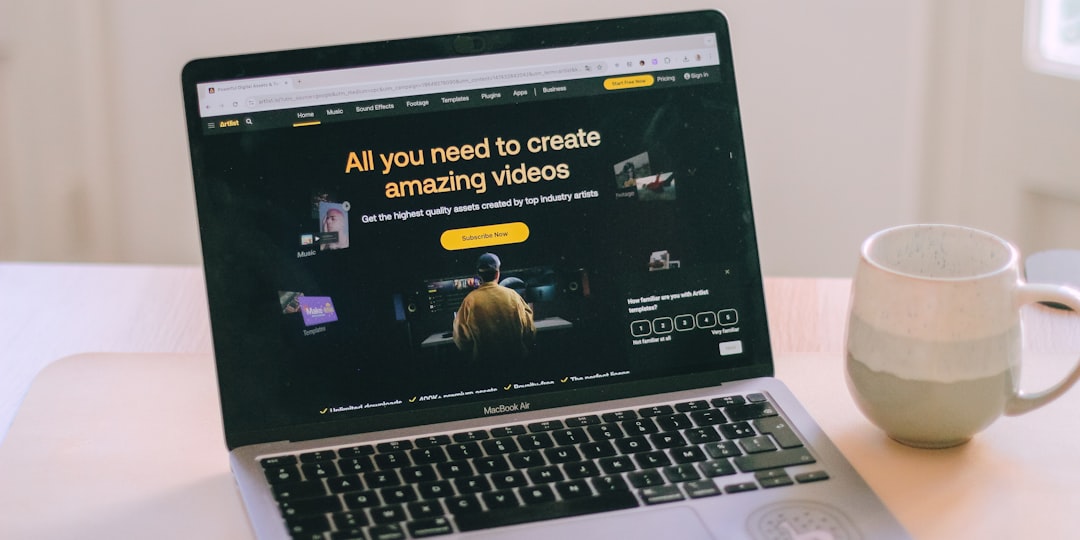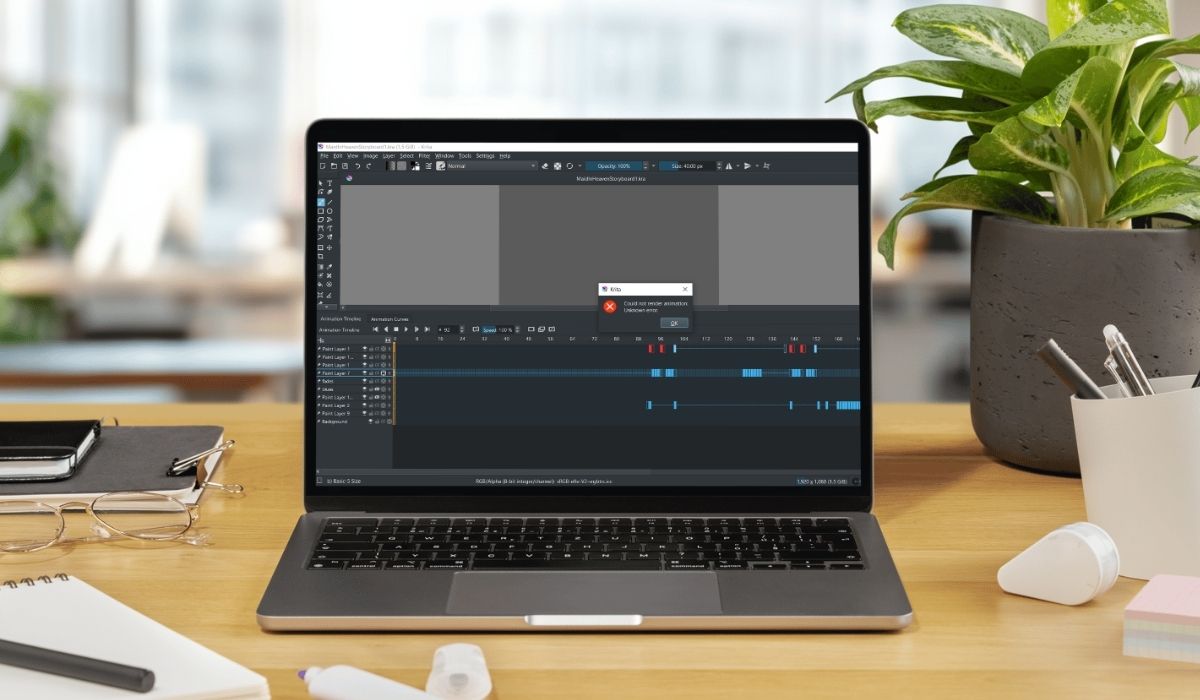Imagine turning a single static image into a dynamic marketing video in just a few clicks. This isn’t science fiction anymore—it’s the power of modern Image to Video AI tools. These transformative technologies are opening new creative avenues for American content creators and marketers, helping them elevate storytelling, engagement, and conversions without the need for high-end production teams.
As digital marketing becomes more competitive, standing out requires more than just well-written content or high-definition images. Videos are now the cornerstone of online consumer engagement. According to a recent study by Wyzowl, 91% of businesses use video as a marketing tool. With that demand, tools that can generate compelling videos from a single image are rapidly changing the landscape.
The Evolution of Content Creation
Before diving into the impact of AI-generated video tools, it’s worth understanding how far content creation has come. Not long ago, creating a marketing video required extensive planning, equipment, and a team of professionals. From scriptwriting to post-production, the costs could be prohibitively high, especially for small businesses and independent creators.
Now, with the emergence of AI tools that can transform images into videos—often using voiceovers, motion effects, and even avatars—this process is significantly faster, cheaper, and more accessible. These platforms use deep learning algorithms to animate facial features, add background motion, and even create synthetic voices based on real human patterns. The result? Professional-looking videos generated in minutes.
Why Marketers and Creators Are Embracing Image to Video AI
American content creators and marketers are adopting these AI tools for several compelling reasons:
- Speed: Videos can be created in minutes, allowing for more frequent content updates and timely marketing campaigns.
- Cost Efficiency: Eliminates the need for cameras, actors, editors, and multiple software licenses.
- Creativity and Customization: Lets creators experiment with different styles, templates, and voiceovers without technical constraints.
- Repurposing Content: A single image from a photoshoot or social post can be turned into multiple video formats for different platforms.
The flexibility of these tools is especially valuable in a multi-platform environment where audiences expect consistent, high-quality content on everything from Instagram Reels to LinkedIn posts.

Popular Image to Video AI Tools in the Market
Several platforms are making waves in this space with powerful features tailored to different needs:
- D-ID: Famous for its photo animation capabilities, it allows users to create talking head videos from still images and text input.
- DeepBrain: Offers highly customizable AI avatars that present your script as if performed by a real actor.
- Runway ML: Uses generative AI to combine images, videos, and audio into cinematic effects with zero coding experience.
- Pika Labs: Focuses on text-to-video and image-to-video functionalities with a strong emphasis on visual storytelling.
These tools empower a wide range of users—from YouTubers and educators to corporate marketers—to expand their production capabilities without learning complex software or hiring freelancers.
Use Cases Across Industries
The adoption of AI-generated videos isn’t limited to just one sector. Here’s how different industries are leveraging this innovation:
- Real Estate: Brokers can turn property images into walkthrough-style videos with narrated descriptions and background music.
- E-commerce: Product photographs evolve into showcase reels for Amazon listings or social media ads.
- Education: Teachers and online tutors animate static illustrations to explain complex concepts in an engaging manner.
- Entertainment: Influencers create teasers, character animations, and fan content quickly and affordably.
The flexibility and range of possibilities mean that virtually any field that relies on visual communication stands to benefit.
AI Humanization and the Rise of Synthetic Media
One of the most fascinating aspects of these tools is the humanlike quality of the generated content. Some platforms can take a simple headshot and synthesize a fully animated character delivering a spoken message with natural expressions. While some might find this uncanny, for marketers, it presents enormous potential for personalized outreach at scale.
Imagine sending thousands of customized video messages, with the recipient’s name and context-specific information, all generated from one base image and script. This opens up new possibilities for email marketing, virtual customer service, and even sales presentations.
However, this also introduces ethical considerations. The ability to create lifelike synthetic media has fueled concerns around misinformation, deepfakes, and intellectual property. As a result, leading AI video companies are implementing watermarks, data usage policies, and synthetic content disclosures to ensure ethical implementation.
How Social Media and AI Video Tools Work Together
The social media ecosystem thrives on speed and visual appeal. TikTok, Instagram Stories, and YouTube Shorts are designed for bite-sized, impact-driven content. Image to video AI tools are tailor-made for this environment.
- Adaptive Templates: AI platforms often come with social-media-optimized templates that allow for seamless cross-posting.
- Auto-subtitling and Translation: Break down language barriers for global engagement.
- Consistent Brand Voice: Use synthetic avatars or voices to maintain a unified persona across platforms.

Creators can now maintain an active presence on multiple platforms without burning out. Where once they’d need a crew to shoot reels every week, now a laptop and a clear vision are enough.
Success Stories and Real-World Impact
American creators and companies are already seeing tangible benefits. For instance, a small cosmetics brand gained over 50,000 new followers in just three months by using image-to-video AI to produce daily product highlight clips. A real estate agency in Florida doubled their inquiries after replacing static listings with AI-generated video tours.
Even nonprofits are getting in on the action. With limited budgets but powerful stories to tell, organizations are transforming donor photographs into compelling narrated videos that boost fundraising efforts.
What’s Next for Image to Video AI?
The evolution is just beginning. Integrated AI assistants may soon handle entire content marketing workflows—from concept development to SEO-optimized video descriptions and analytics. Platforms are also working on improving voice modulation, emotional expression, and 3D video rendering.
What’s most exciting is the democratization of video creation. No longer is high-quality visual content the domain of experienced videographers and large corporations. With just one image and some text, any aspiring creator can now tell a story, promote a product, or grow a brand.
Conclusion
Image to video AI tools are not just a trend—they are a fundamental shift in how content is produced and consumed. For American marketers and creators hungry for visibility, efficiency, and engagement, these technologies offer a competitive edge that was unimaginable just a few years ago.
As with all disruptive innovations, challenges around ethics, authenticity, and over-saturation exist. But with mindful use and creative intent, this new era of AI-powered storytelling holds limitless possibilities.
Whether you’re a solopreneur on a budget or part of a large marketing team looking to streamline workflows, it’s time to explore what image to video AI can do for you.
